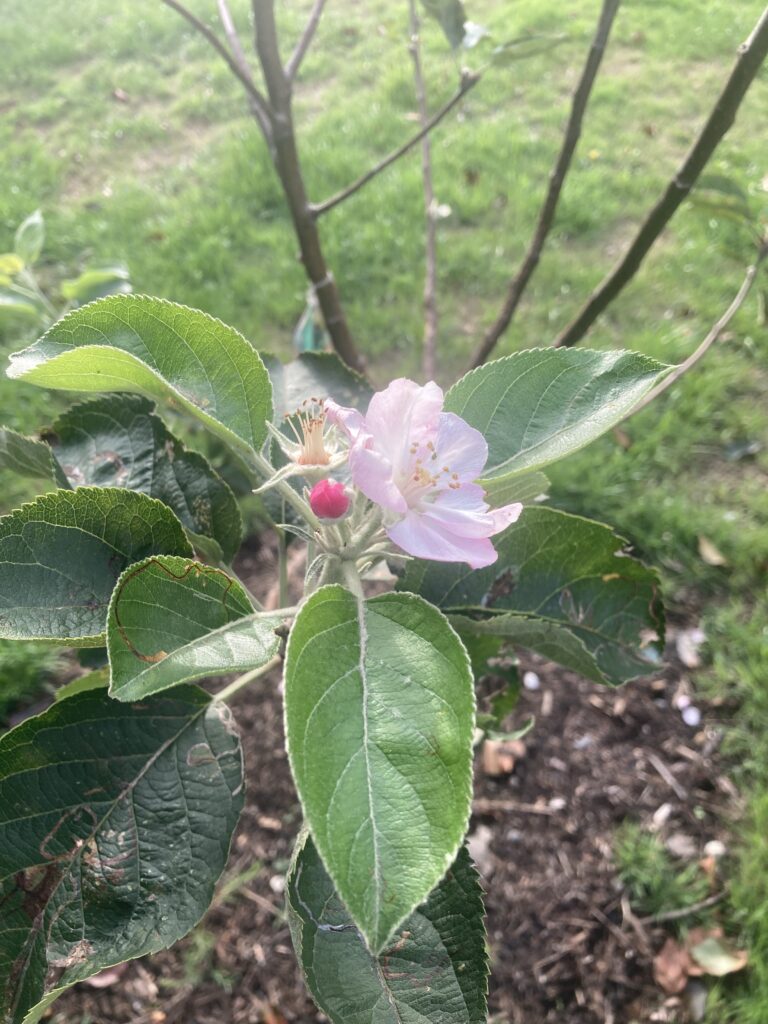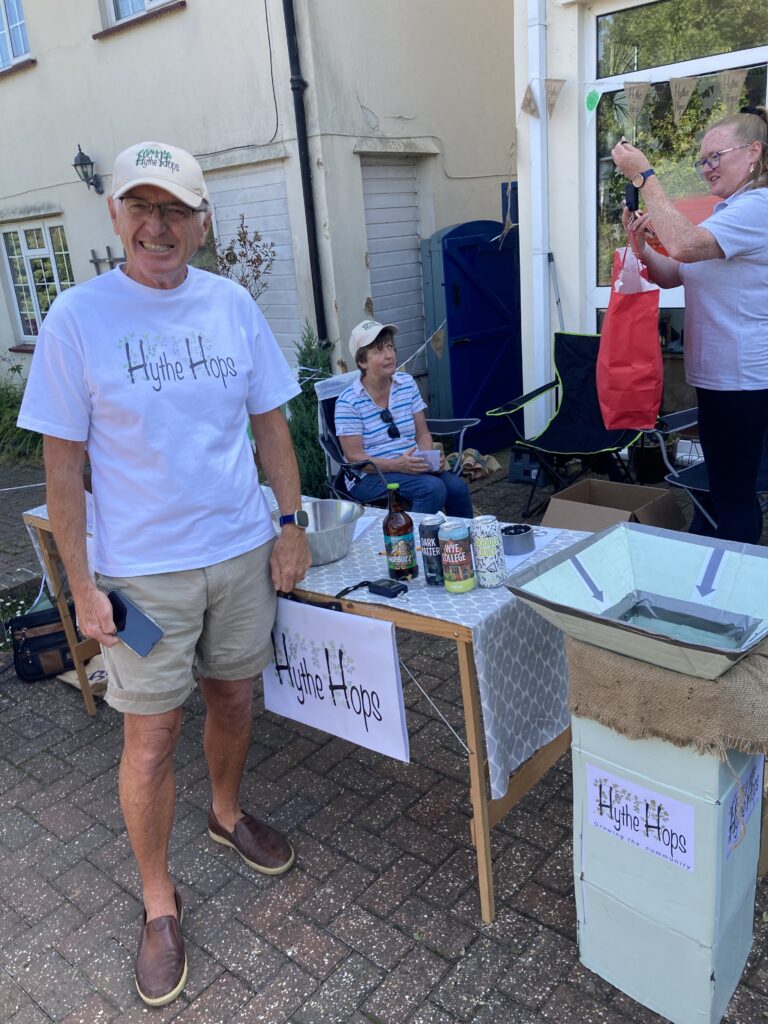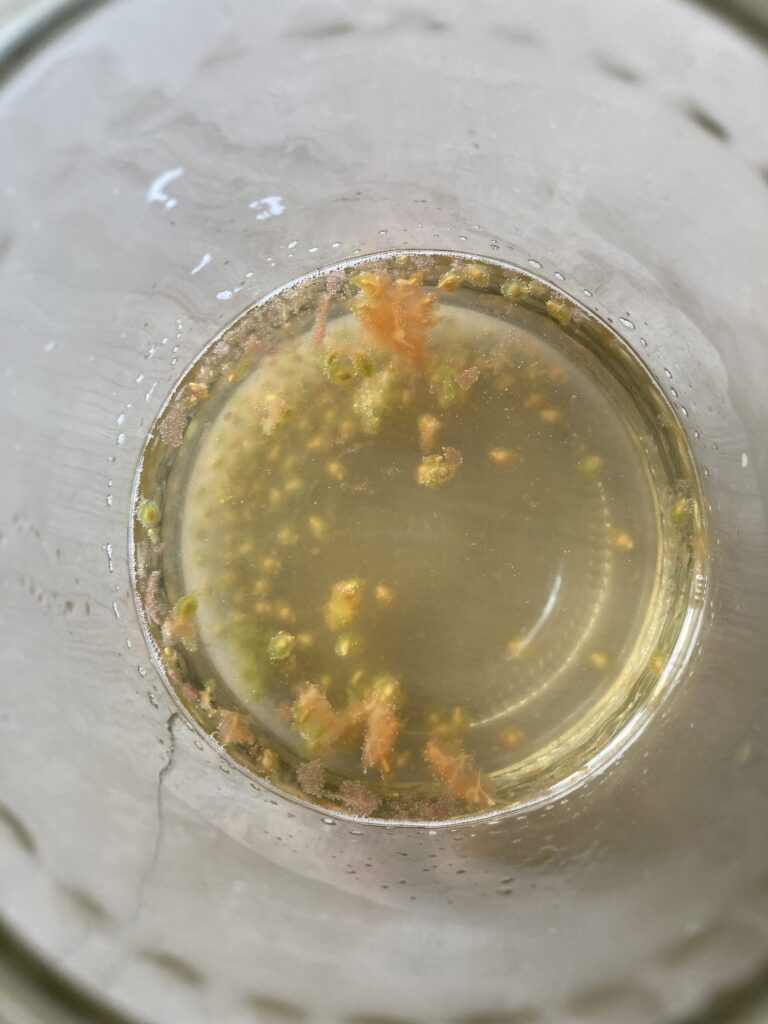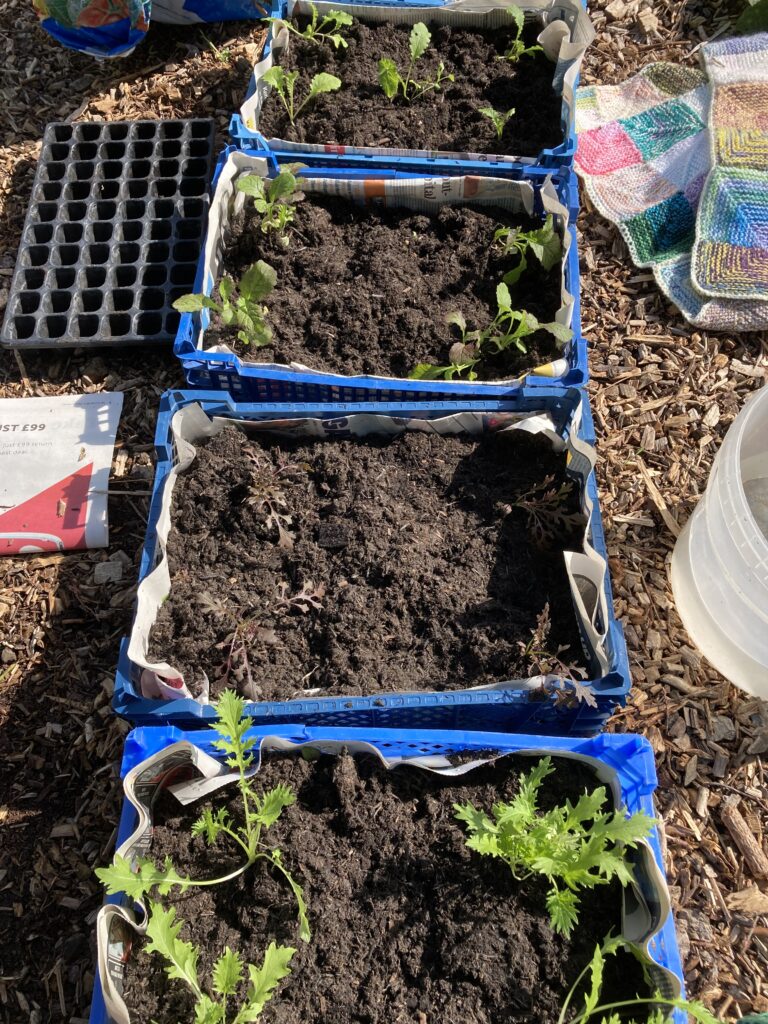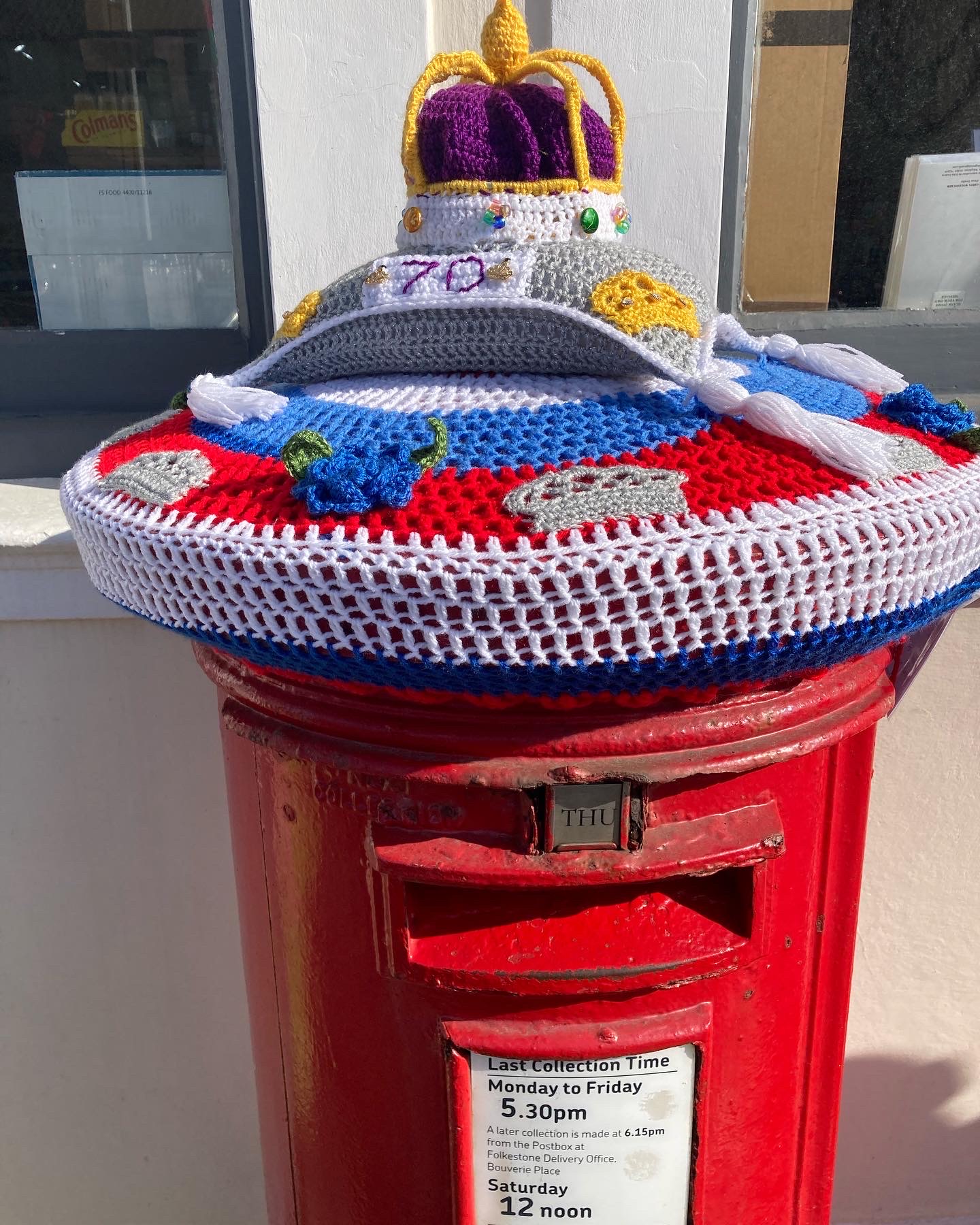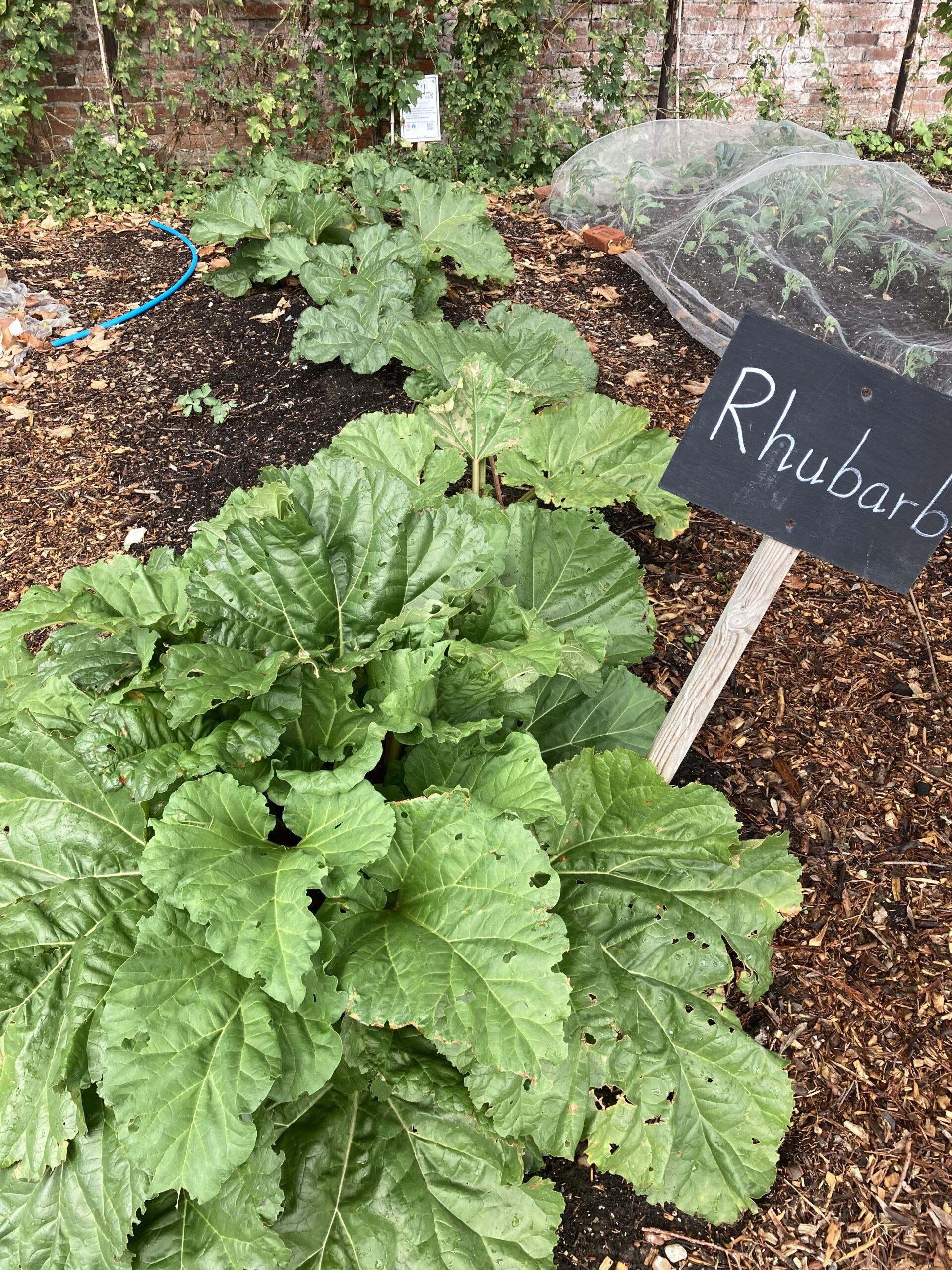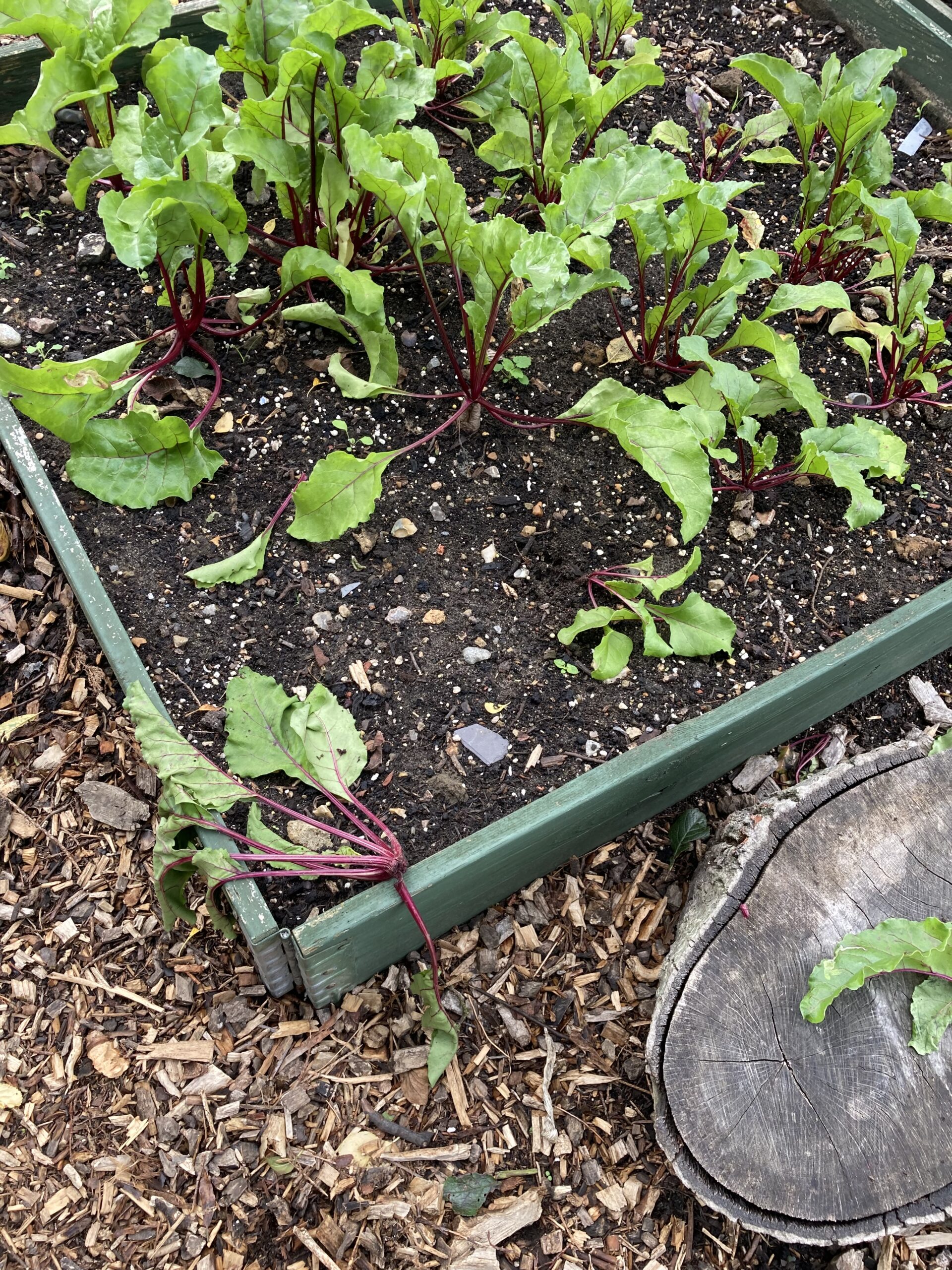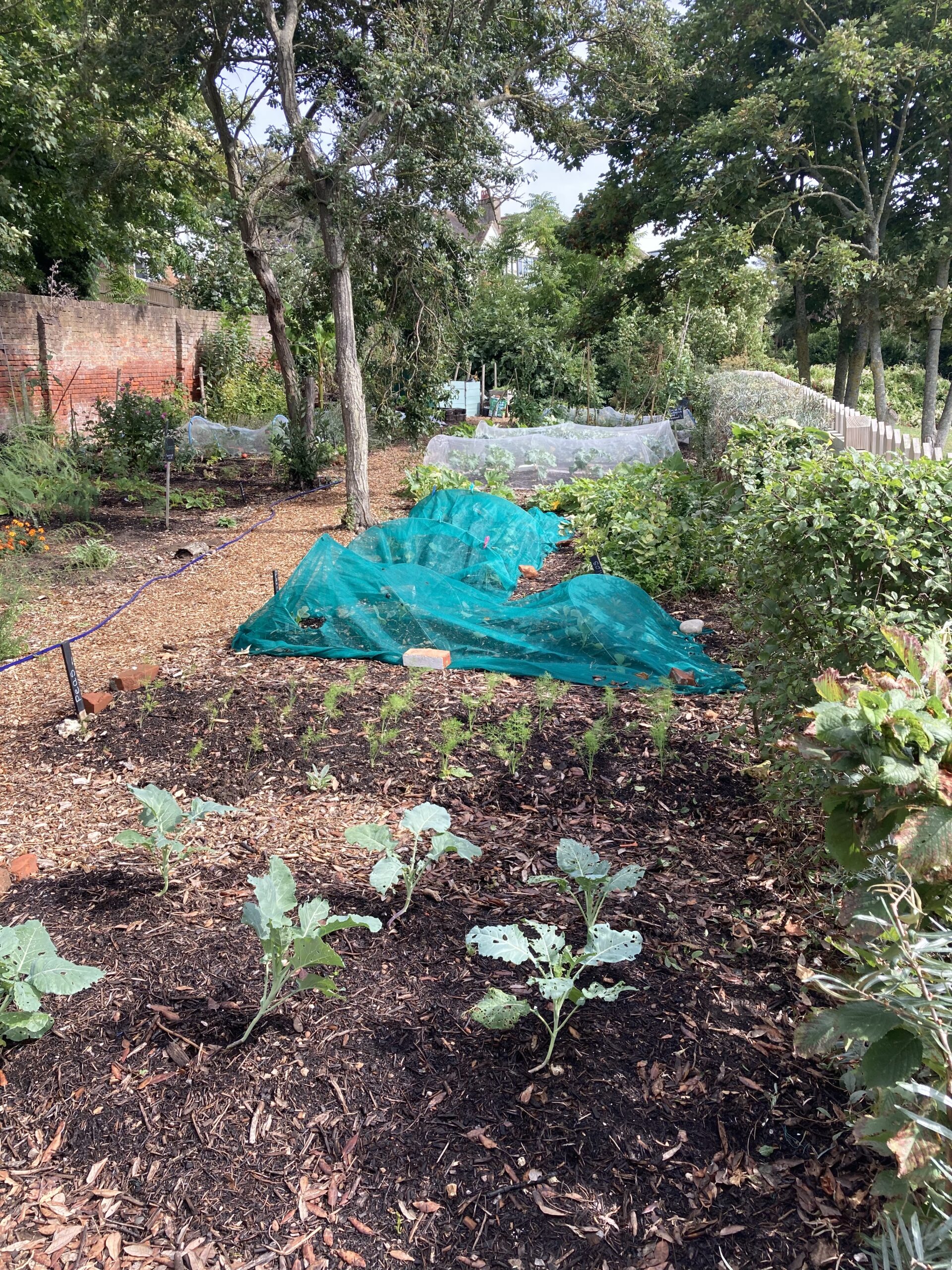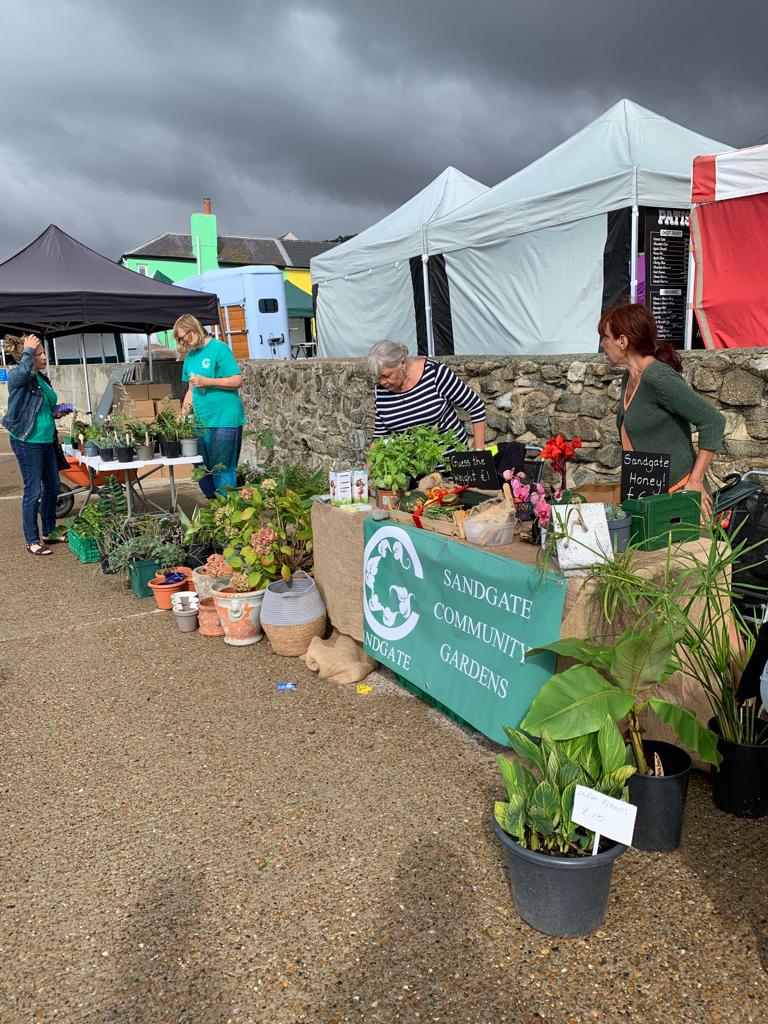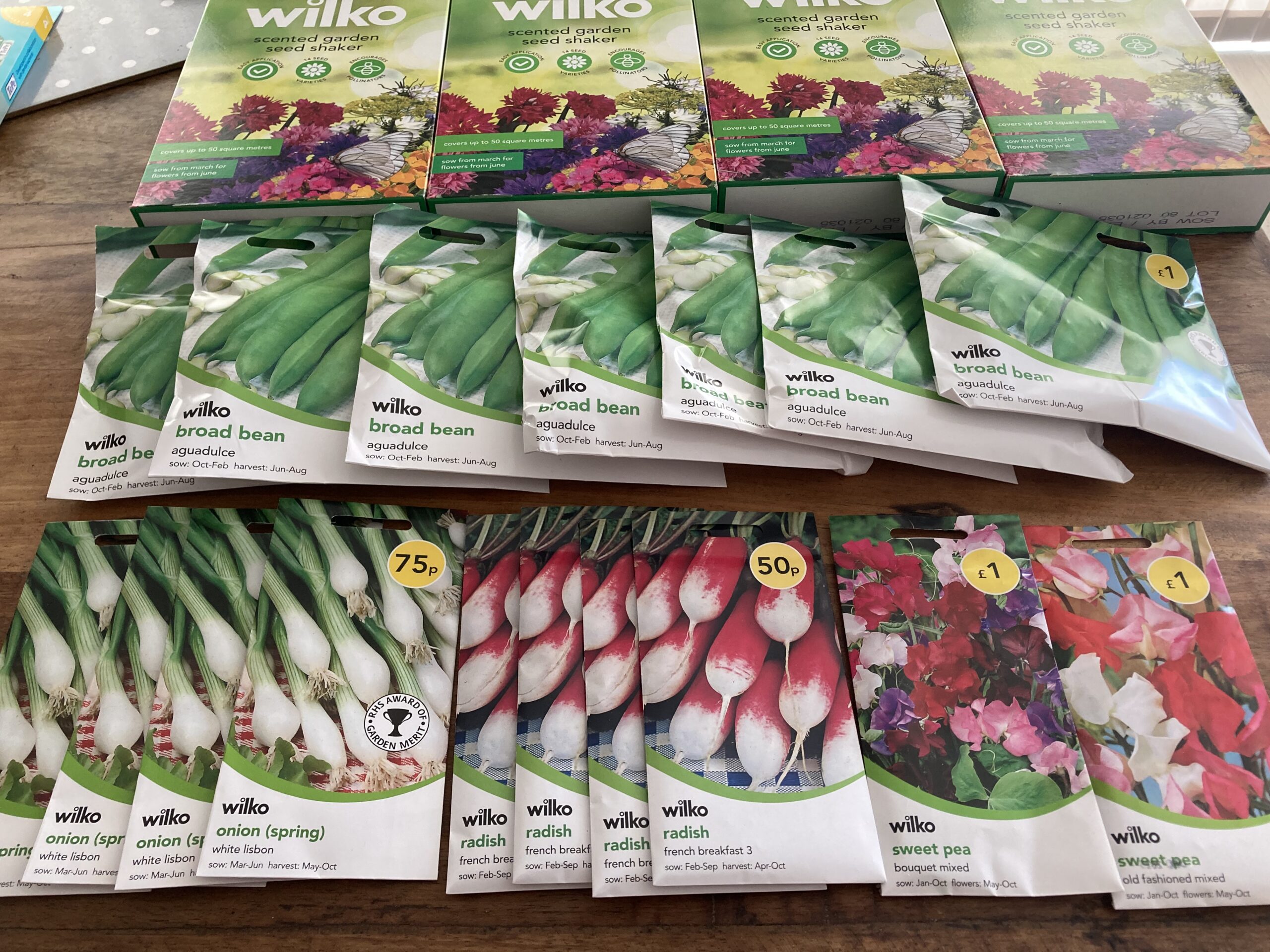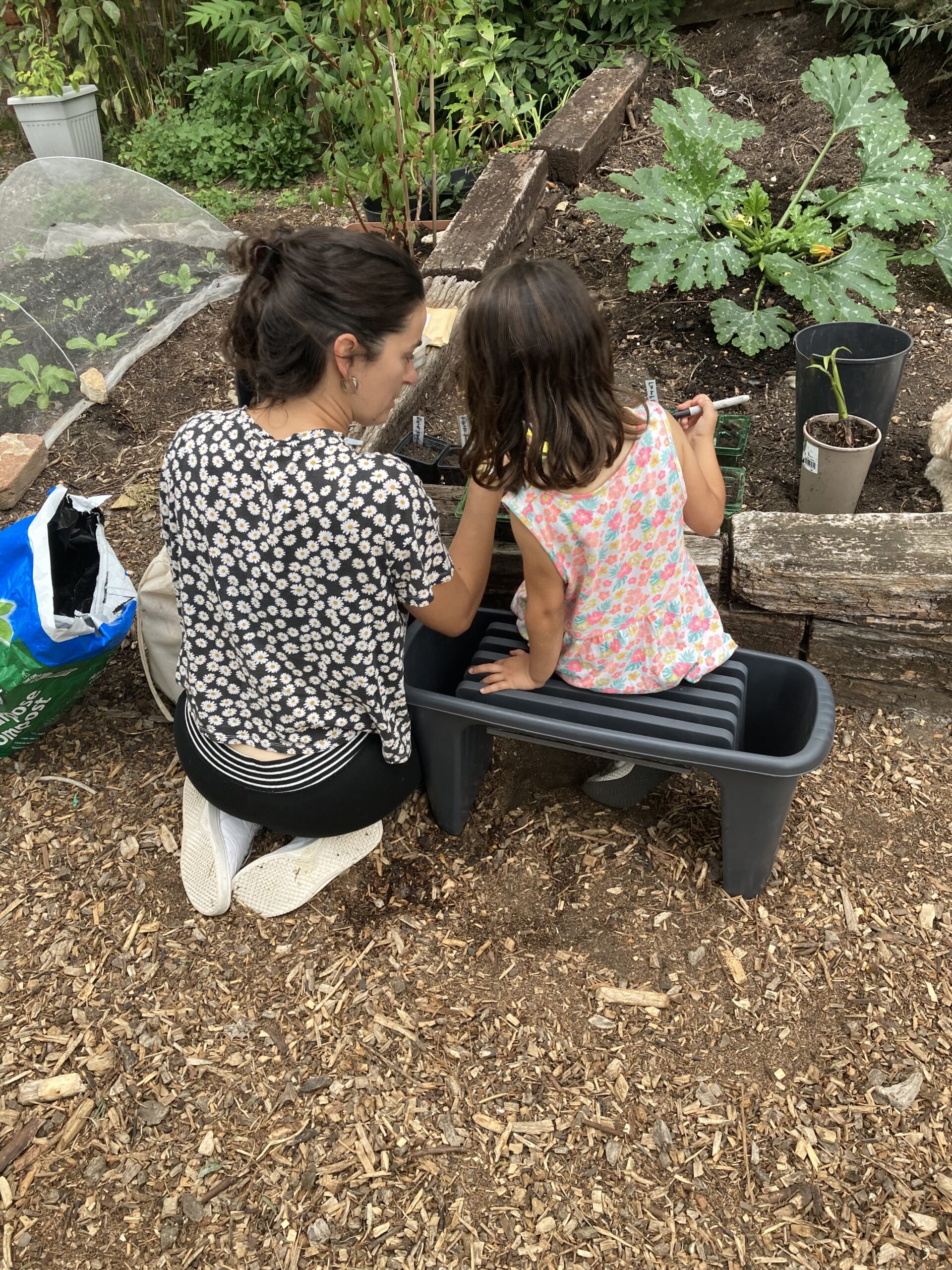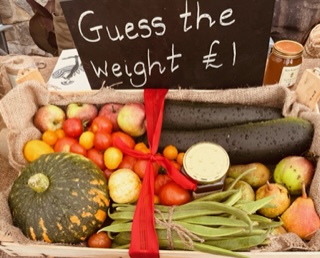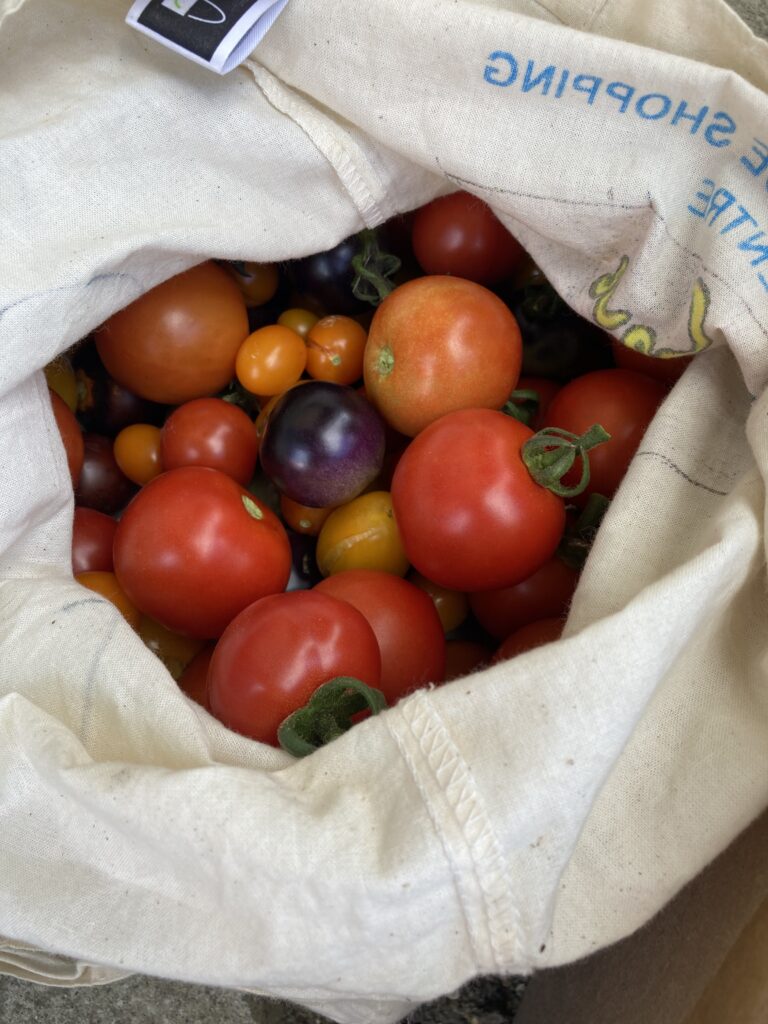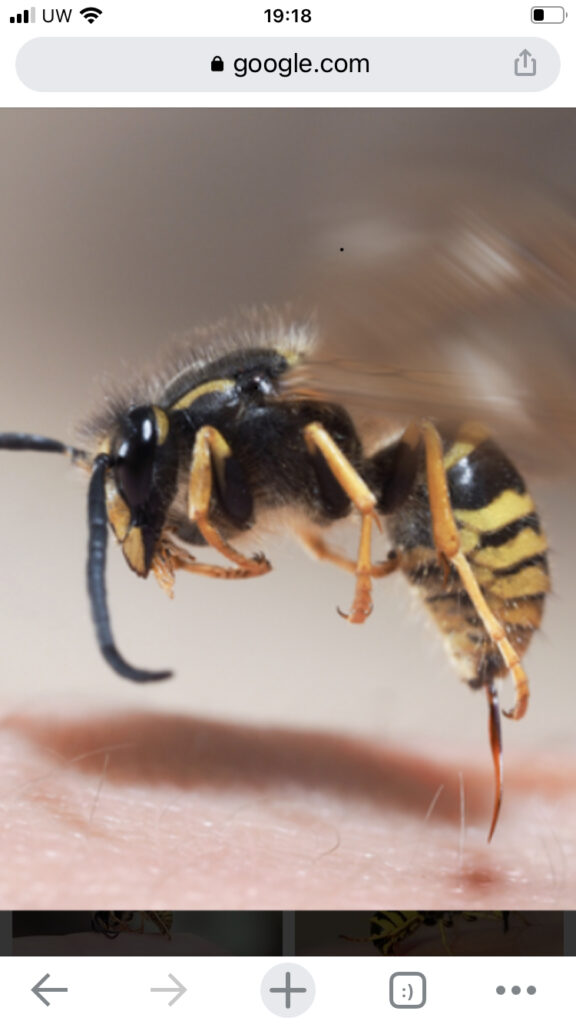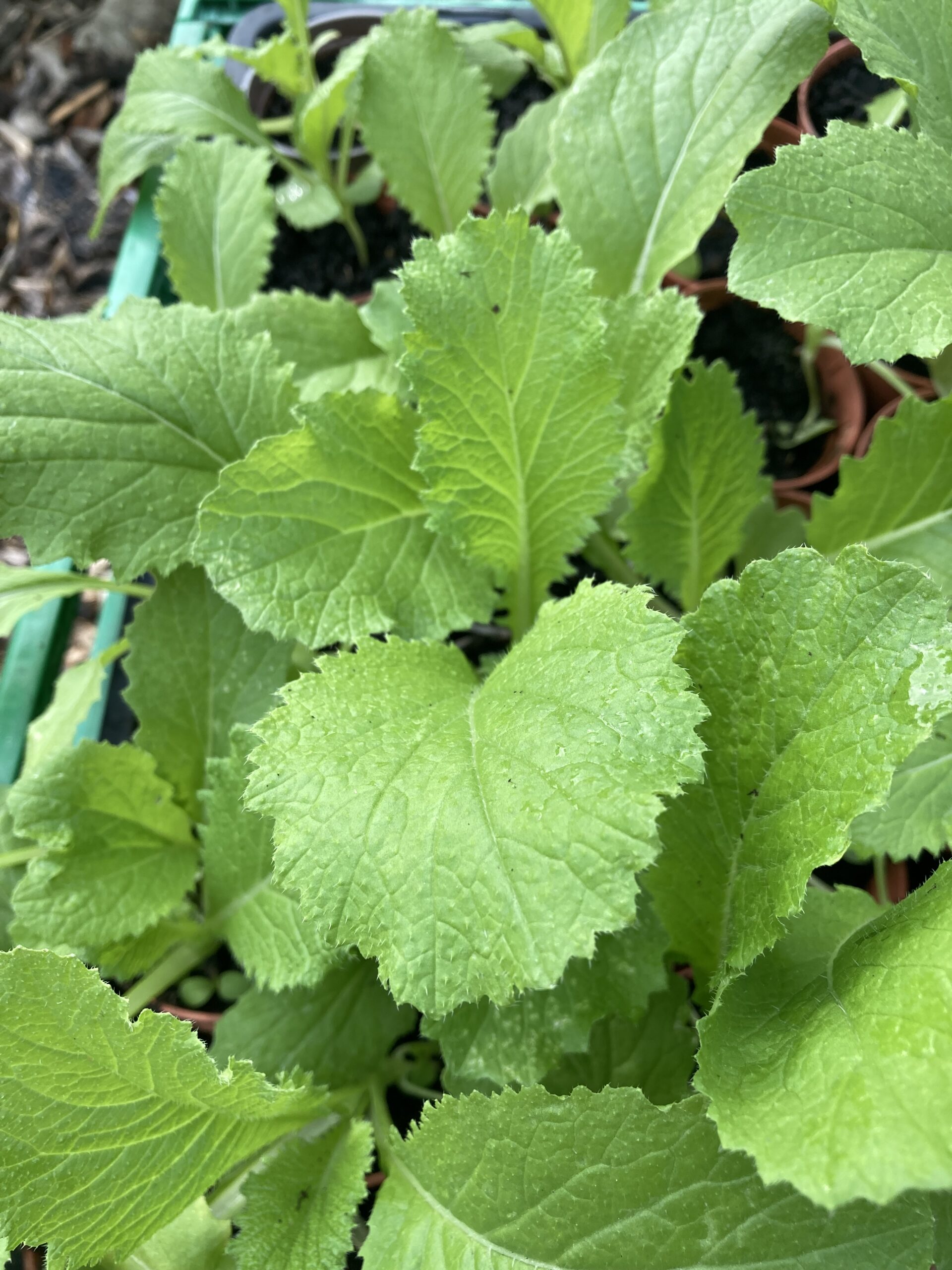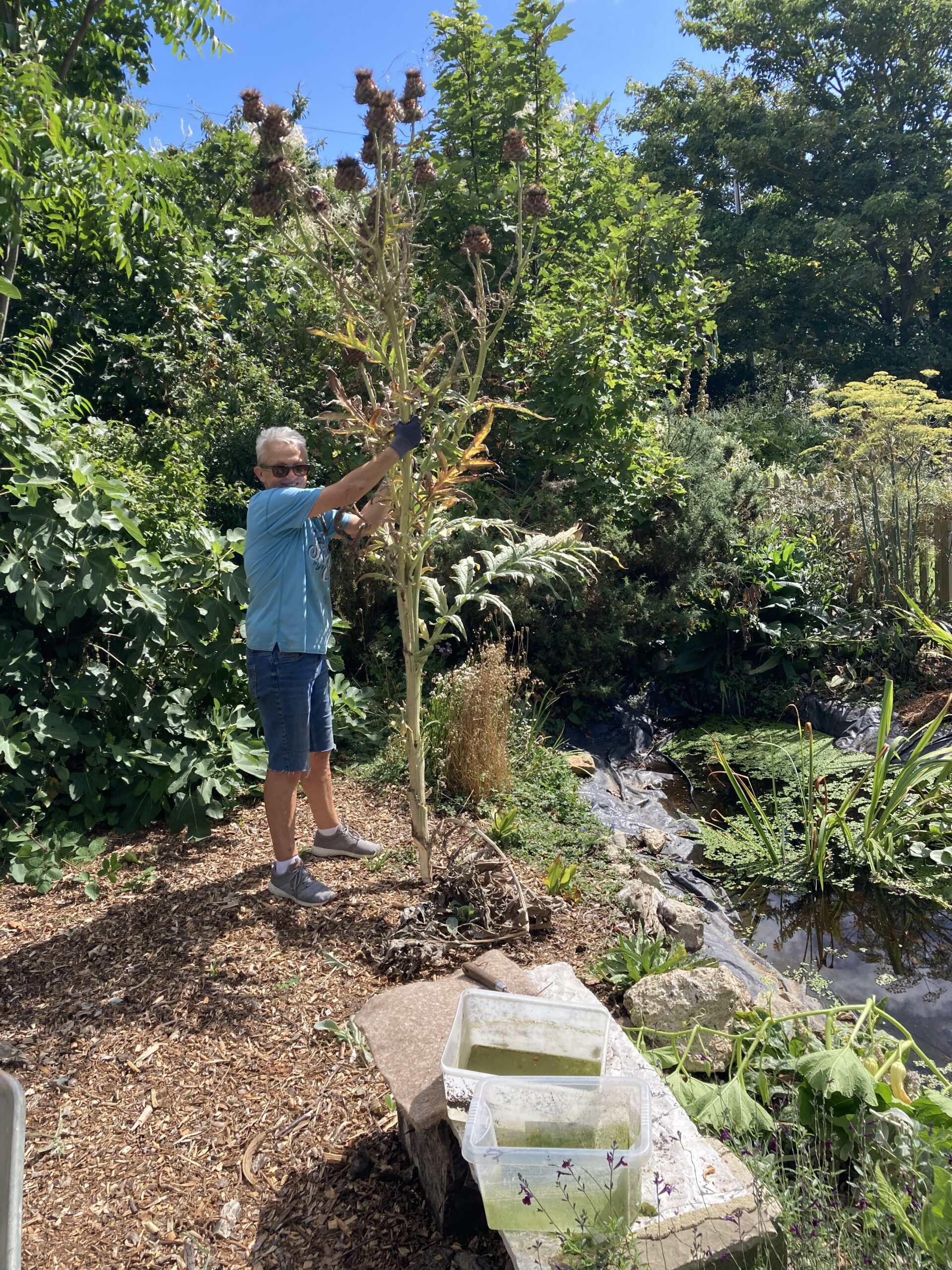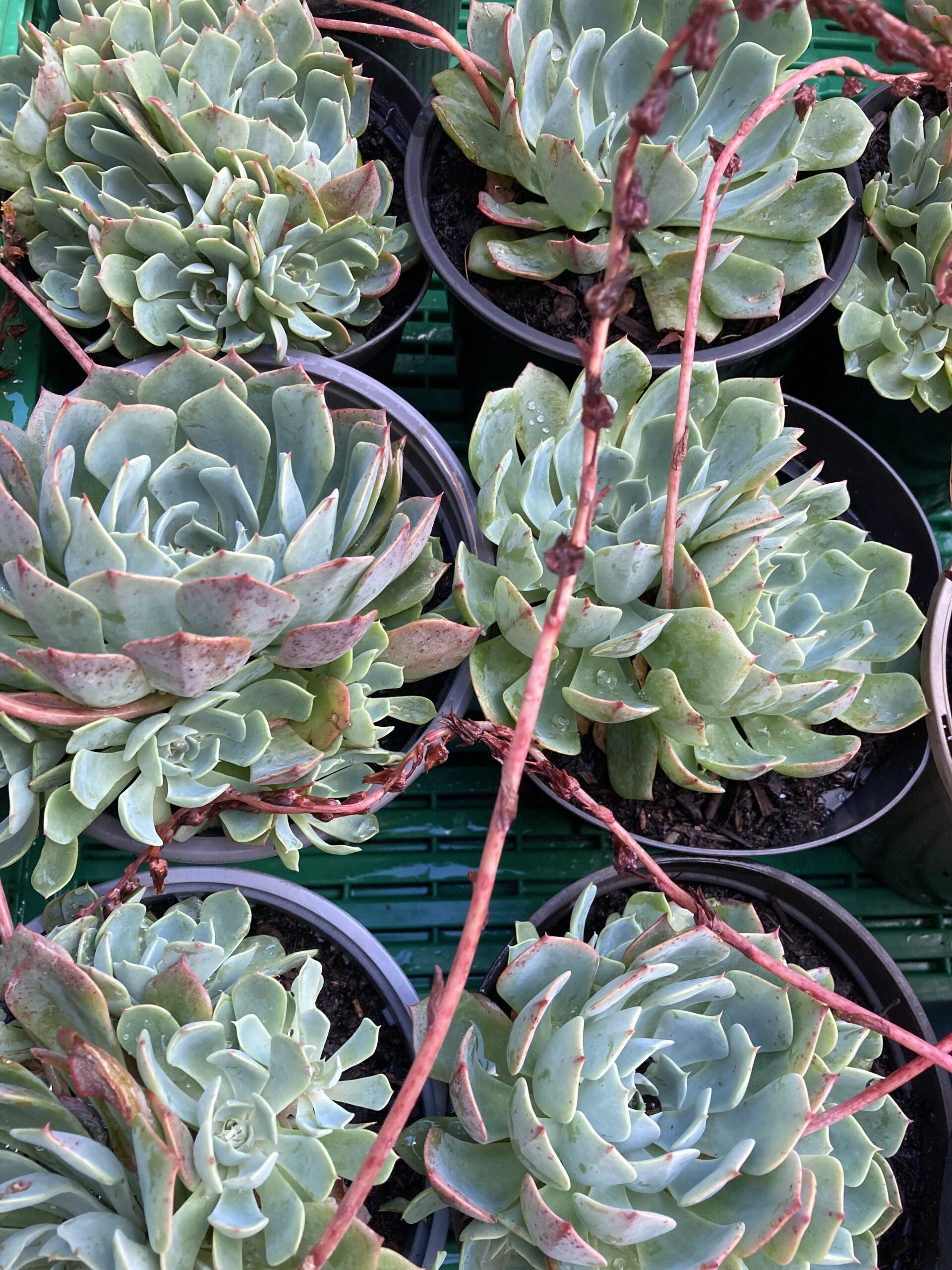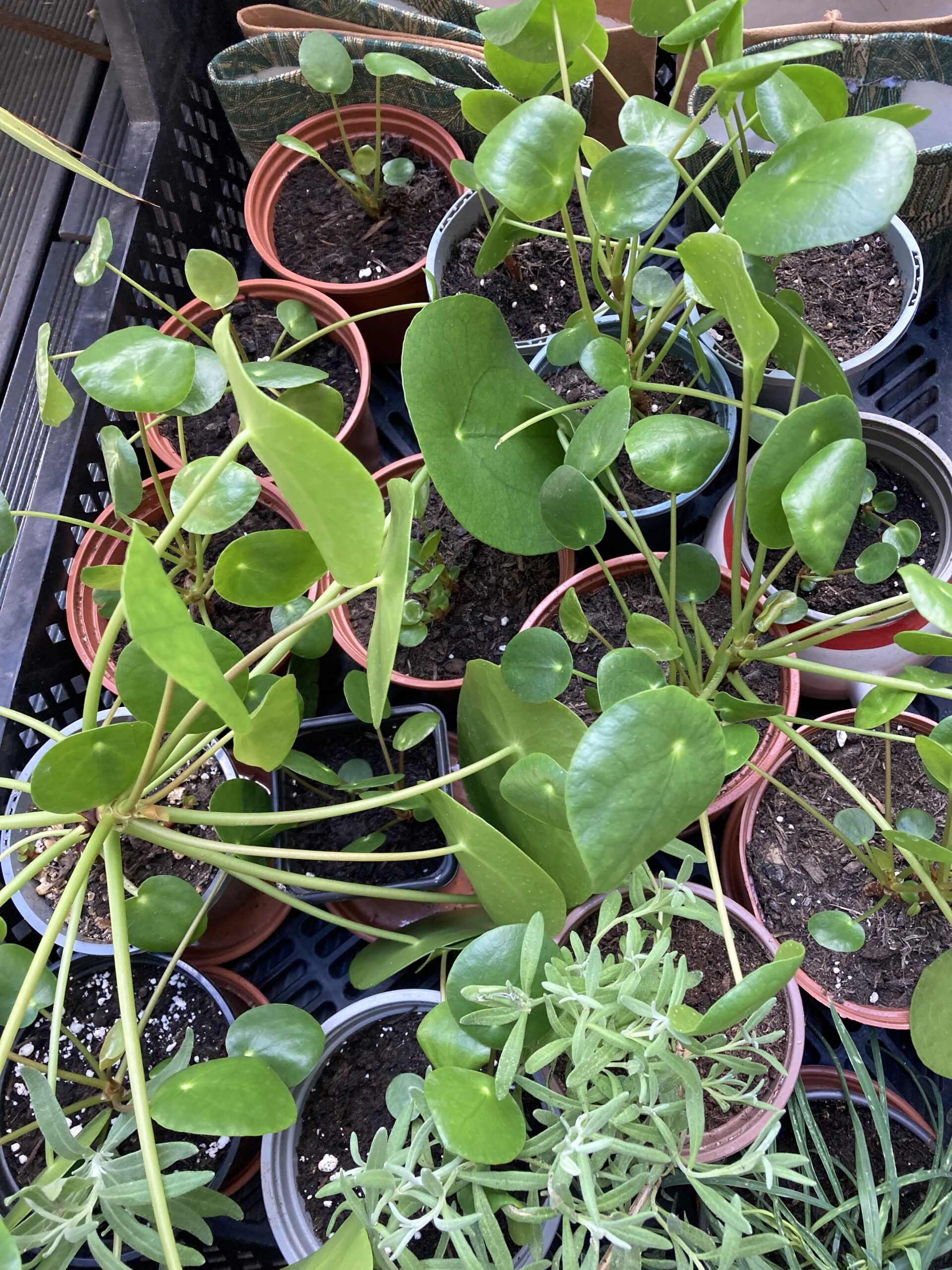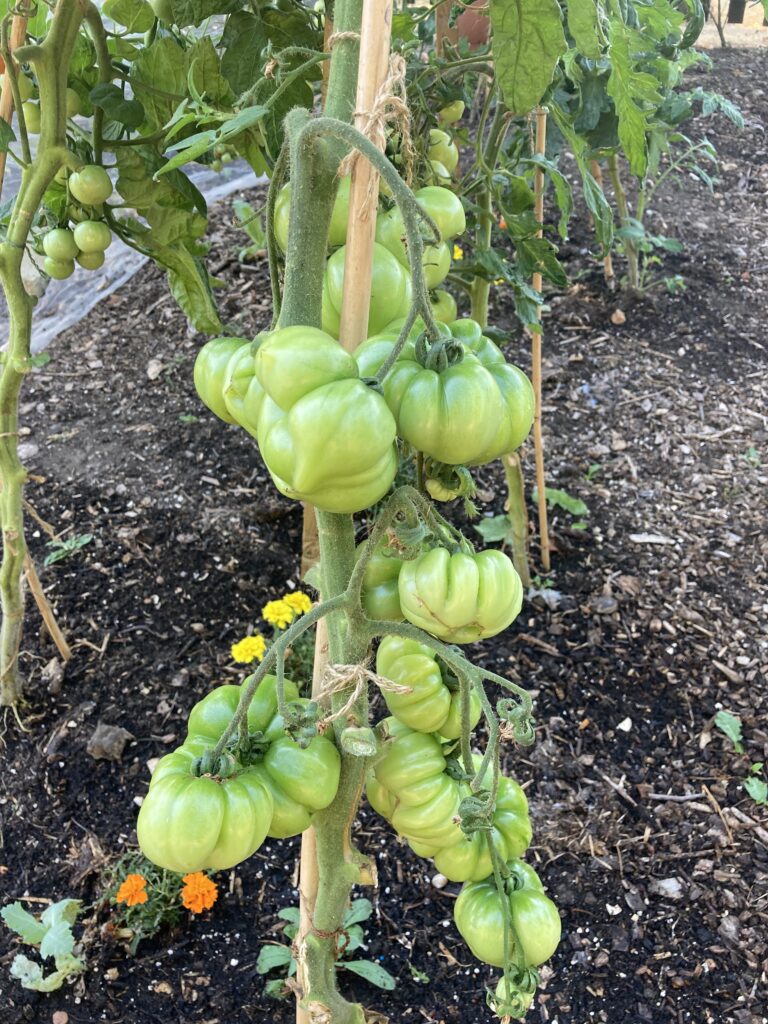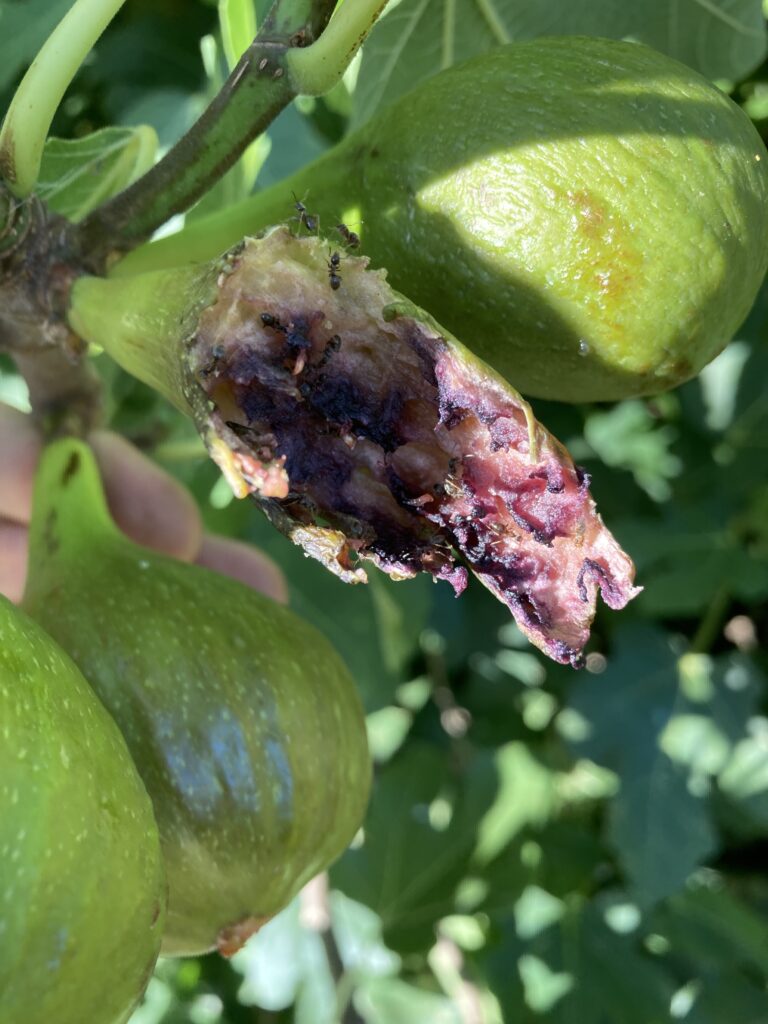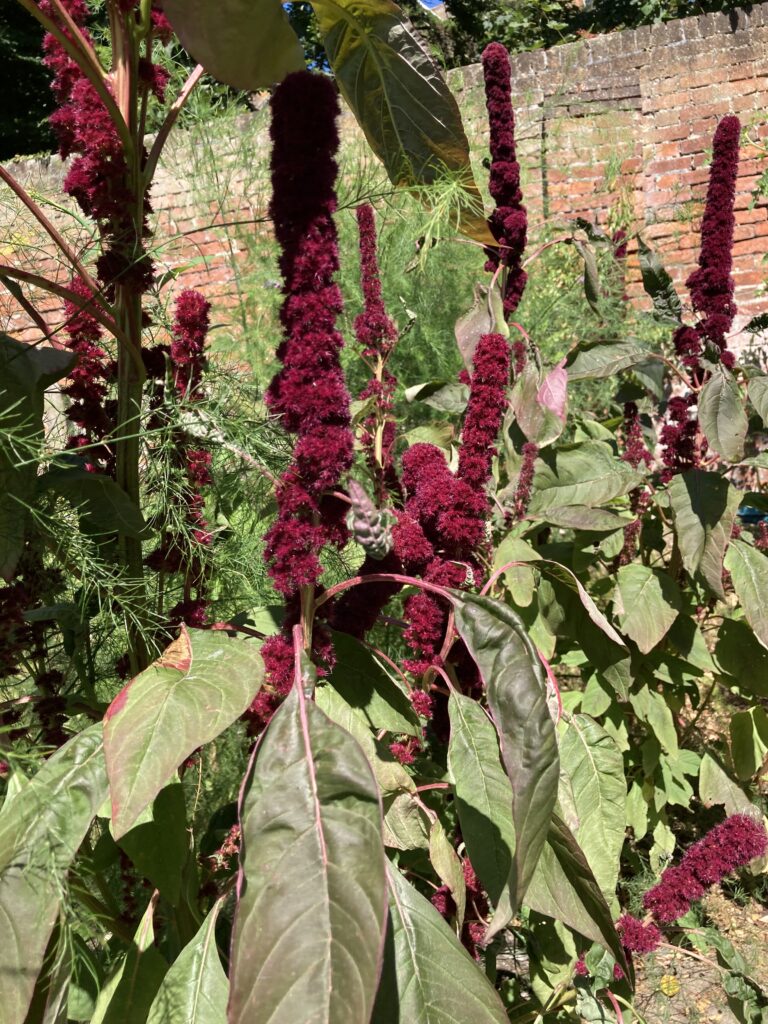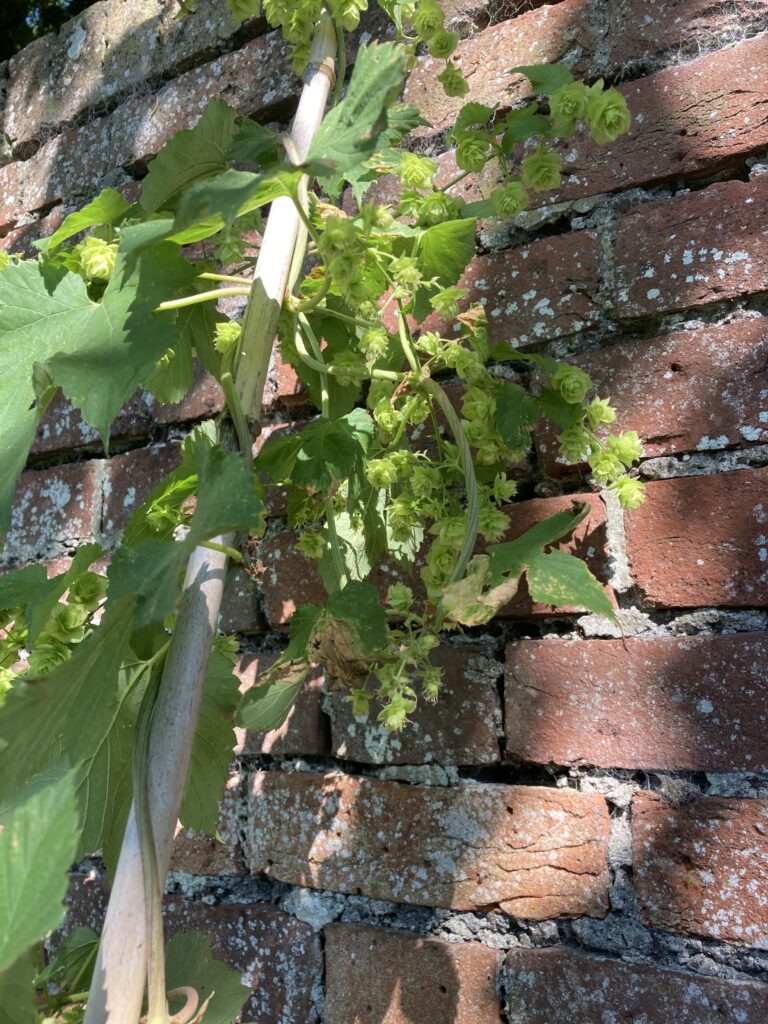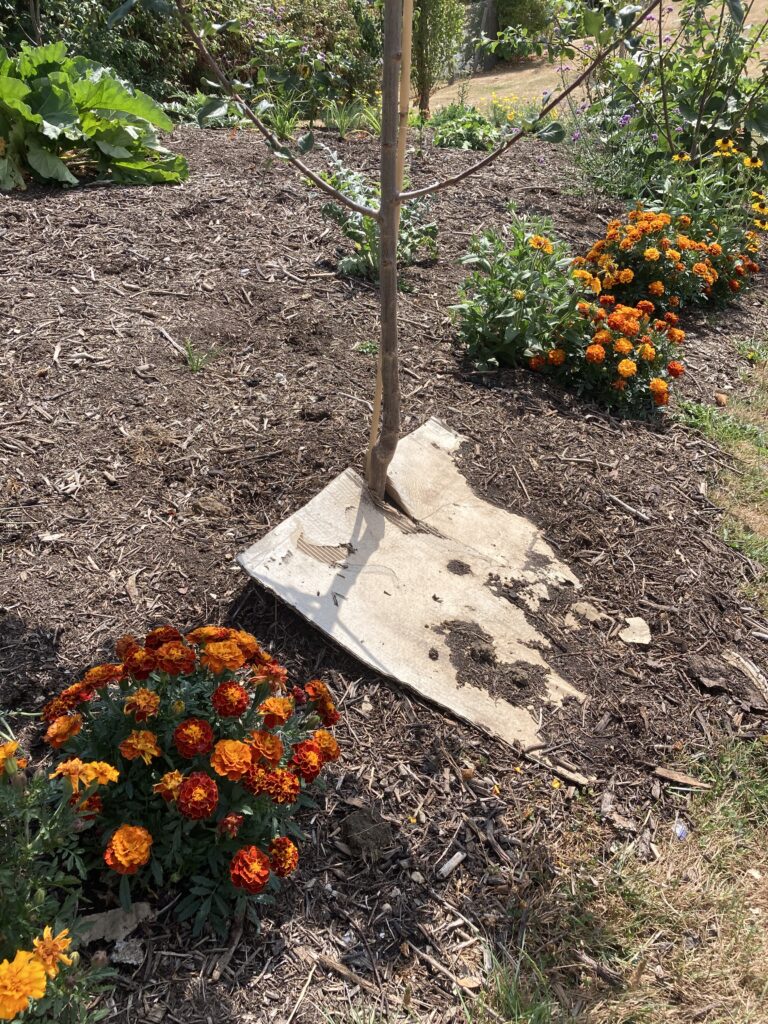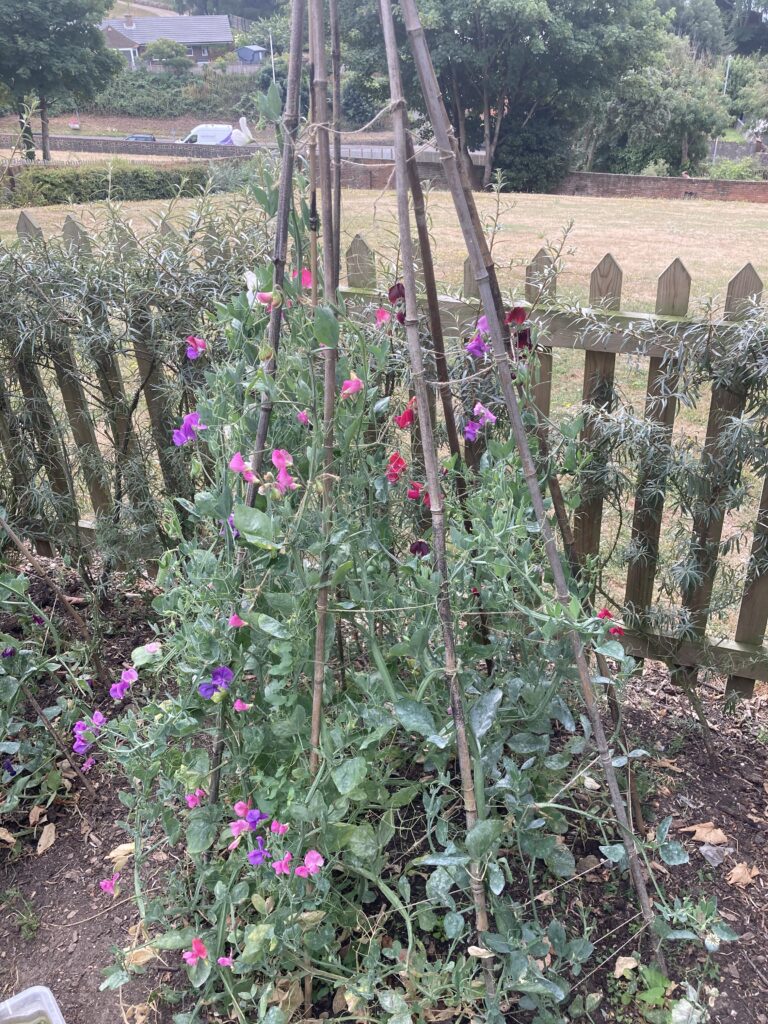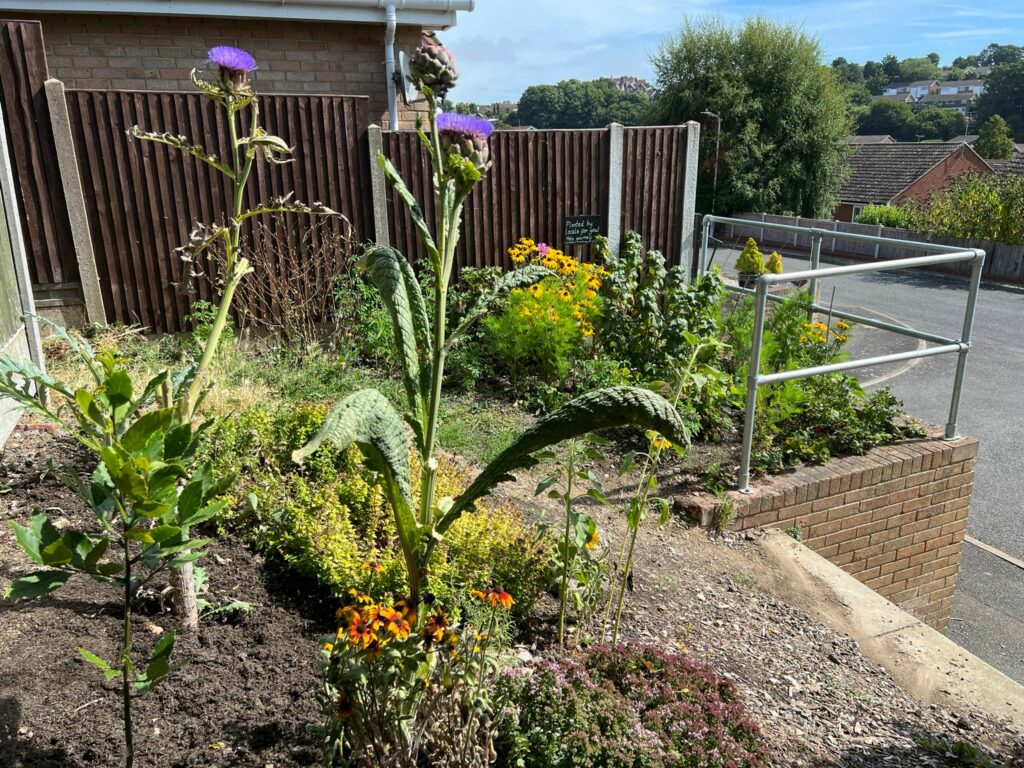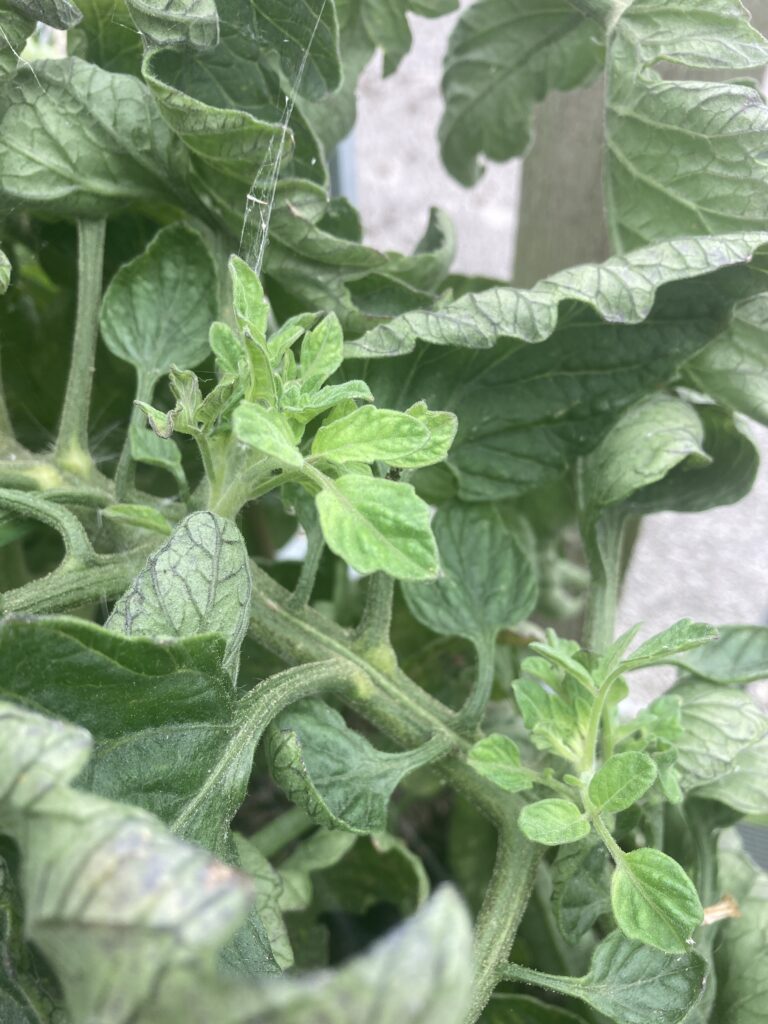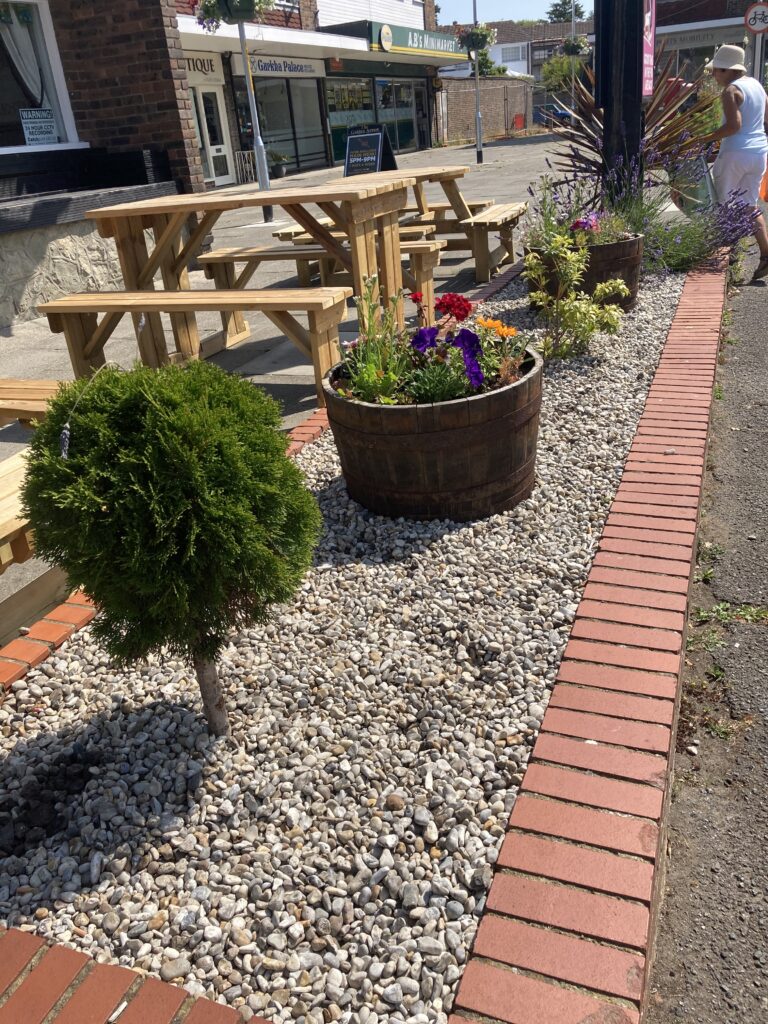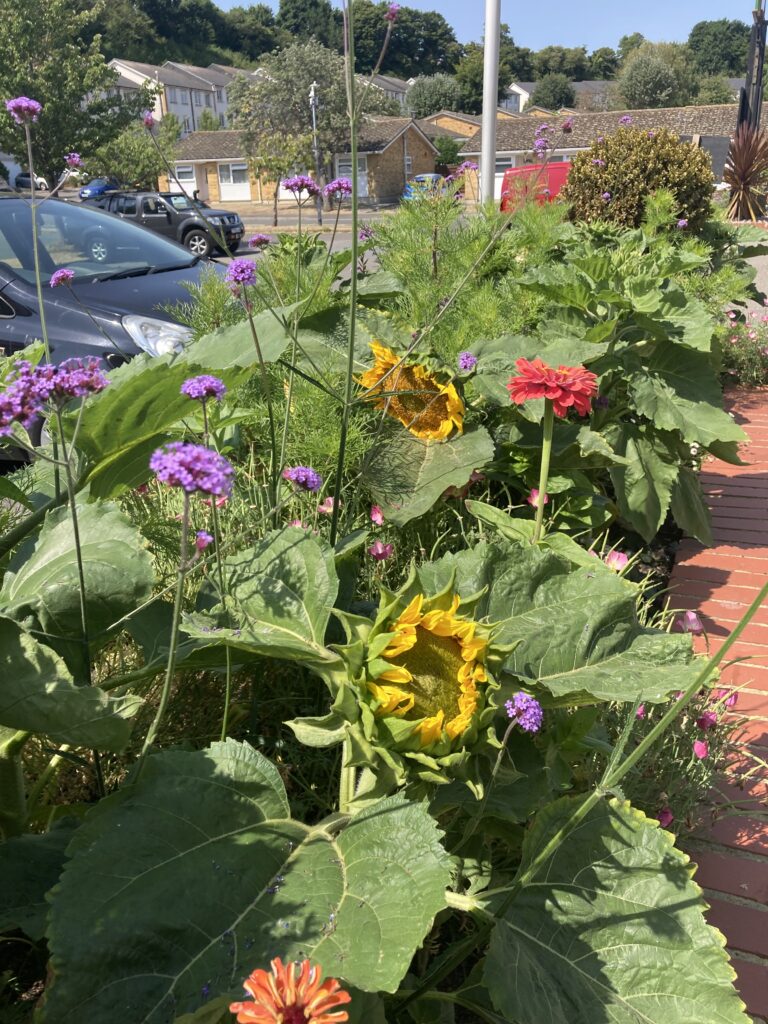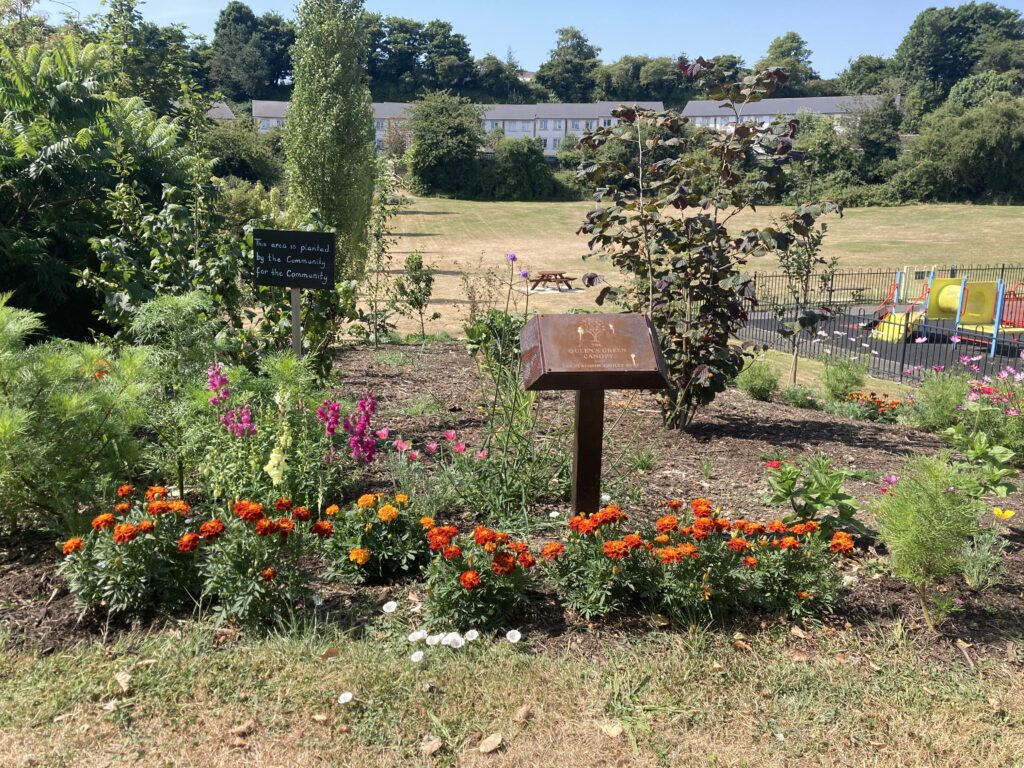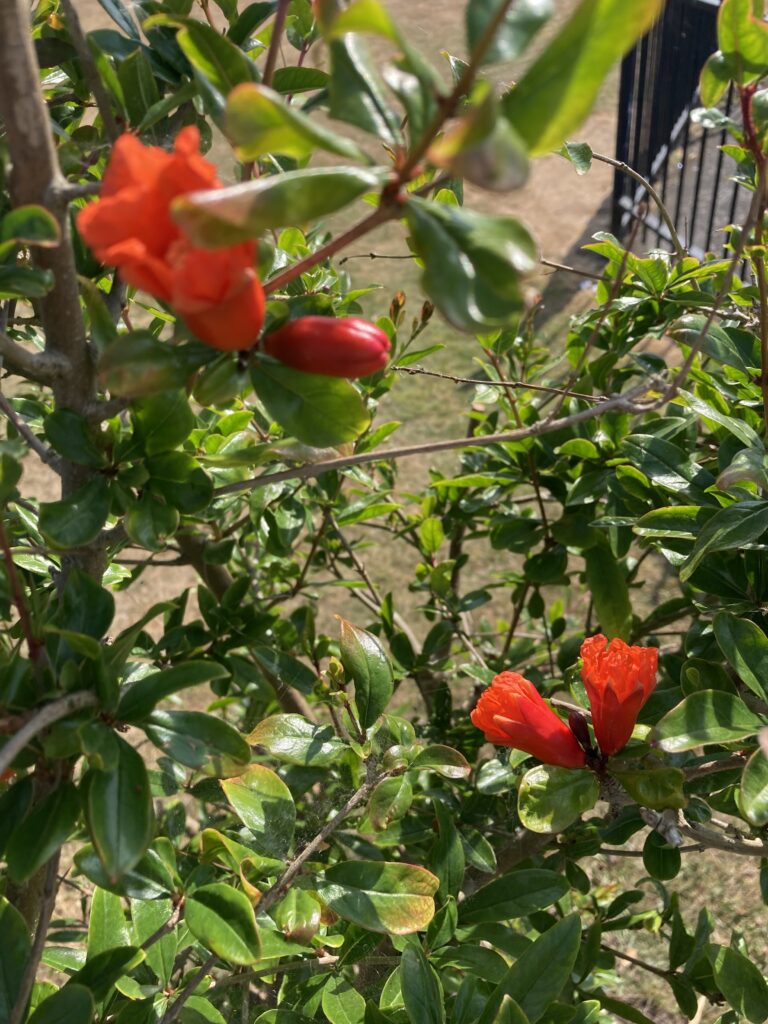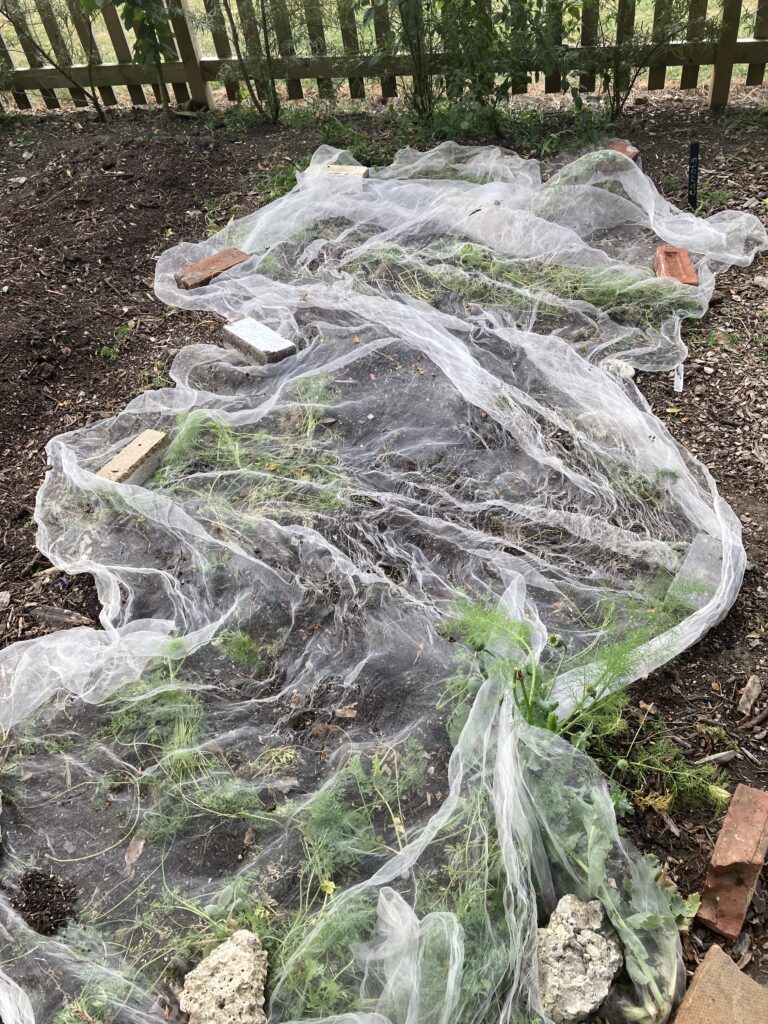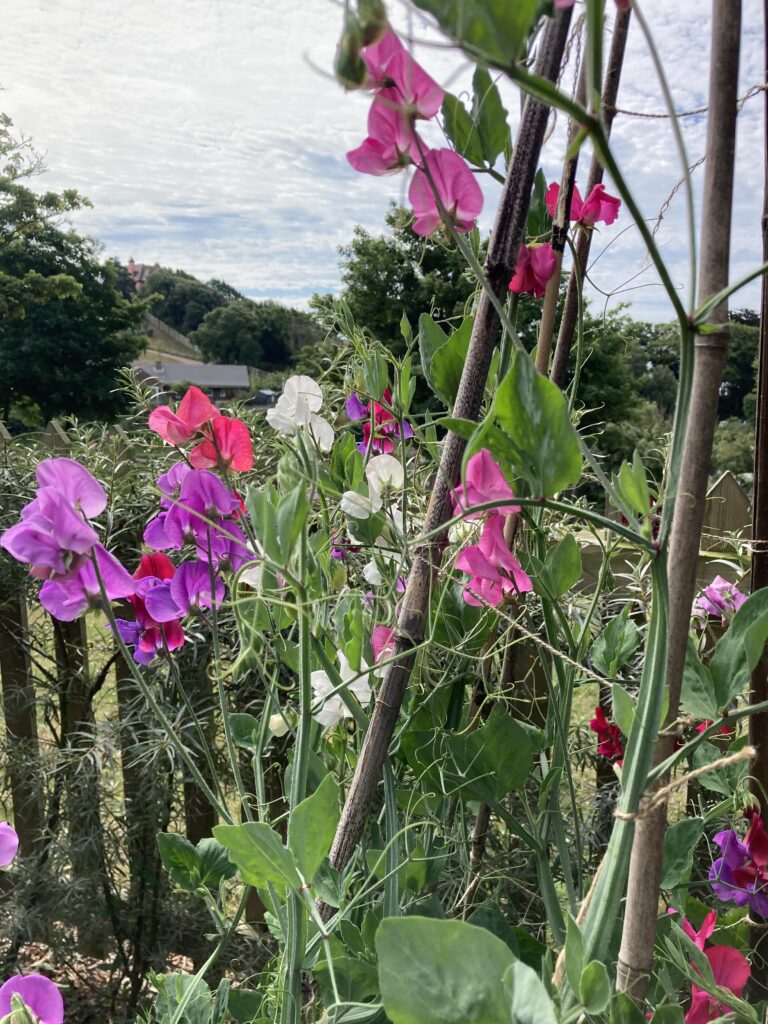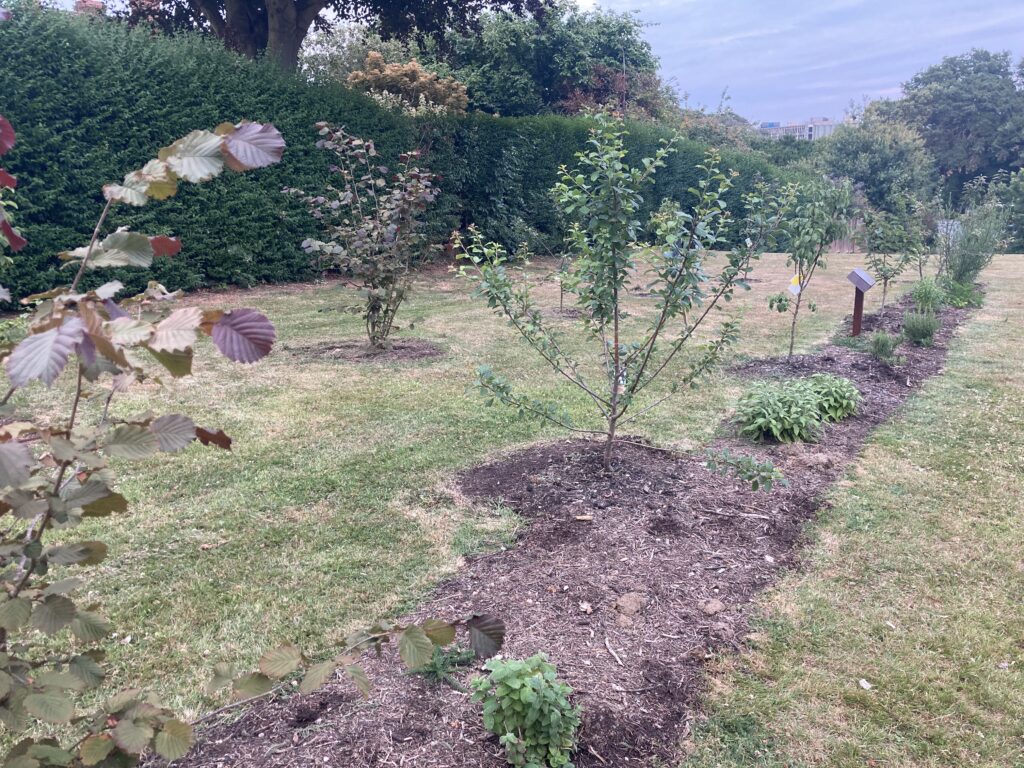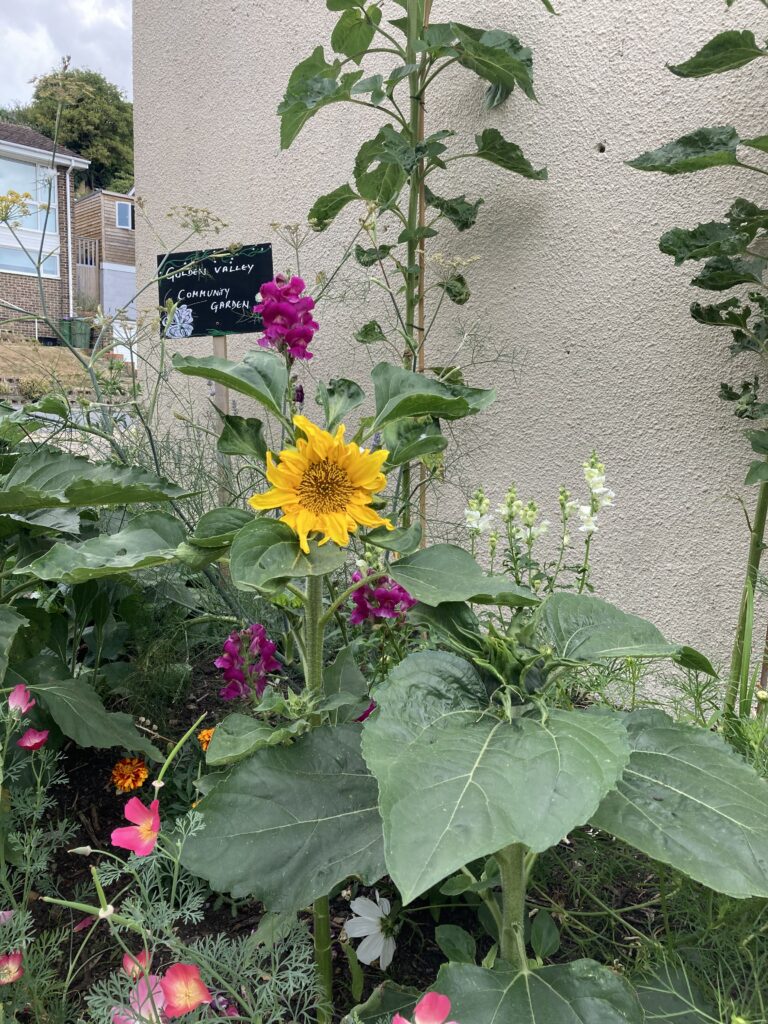Sandgate Community Garden Team Diary Entry for 25th September: It really has started to feel autumnal.
It really has started to feel autumnal; the days are noticeably shorter which means that the plants need so much longer to grow. A tray of lettuces pricked out just a week ago is struggling to get growing whereas in the height of the summer they would have grown twice as fast. Most of the leafy vegetables are appreciating the cooler temperatures and the rain; the tomatoes, not used to so much water, expanded too fast for their skins to keep up and many of them started to split. This can happen with many fruits and vegetables when they come out of a dry period to a time of plenty of water.
We cut down the tomato plants, and took the green tomatoes to either ripen at home or to make into green chutneys. The squashes and courgettes will soon be following the tomato plants to the compost heap and make space for the last sowings of the year, the broad beans, later in October. A few more mustard plants, some coriander and claytonia were planted out, or tucked up inside one of the cold frames which we now have to remember to water. The duckweed is getting a regular going over to try to reduce their number, and this seems to be working, leaving the weed at the side of the pond just in case any pond creatures got caught up with it and have the chance to get back to the water.
The weeds are making the most of the rain and cooler temperatures to suddenly spring to life and do something. The dry heat of the summer had kept many things dormant, but now the race is on for them to get going as quickly as possible. If only the lettuce seedlings felt the same way! A weed is just a plant in the wrong place of course, and we always try to recover anything useful that can be taken to another site. At Fremantle Park, the orchard area has hundreds of cosmos seedlings surrounding the cosmos flowering there. It is unlikely they will survive the winter, but you never know, if it turns out to be very mild.
The time has come for the overwintering purple sprouting broccoli to have cages constructed around them for their protection over the next few months. When they were first planted out in early August, they were covered with a fine mesh netting to prevent the butterflies laying their eggs on the leaves and consequently the caterpillars emerging and finishing them off, leaving bare stems in a matter of a day or two. The mesh is also protection against pigeons which will make a meal out of the tender leaves. However now the plants are crammed inside the mesh and needing space to be able to stretch their leaves and grow taller stems. With any luck the butterflies have given up their quest to lay eggs for this year, however pigeons carry on being pigeons and still enjoy stripping foliage. The plan is to construct a frame around the plants so that the netting can be draped over the crowns of the plants, preventing the pigeons from landing on top of them to feast. The lower part of the plants are left out in the open but being that much taller and tougher the birds are thwarted – well, that is the plan…
What’s next?
- Continue to search out useful weeds to pot up or weeds to compost
- Keep up the duckweed bashing
- Perhaps get the rest of the broccoli cages done
- Is it time to turn the compost again?
- Don’t forget to water the cold frames
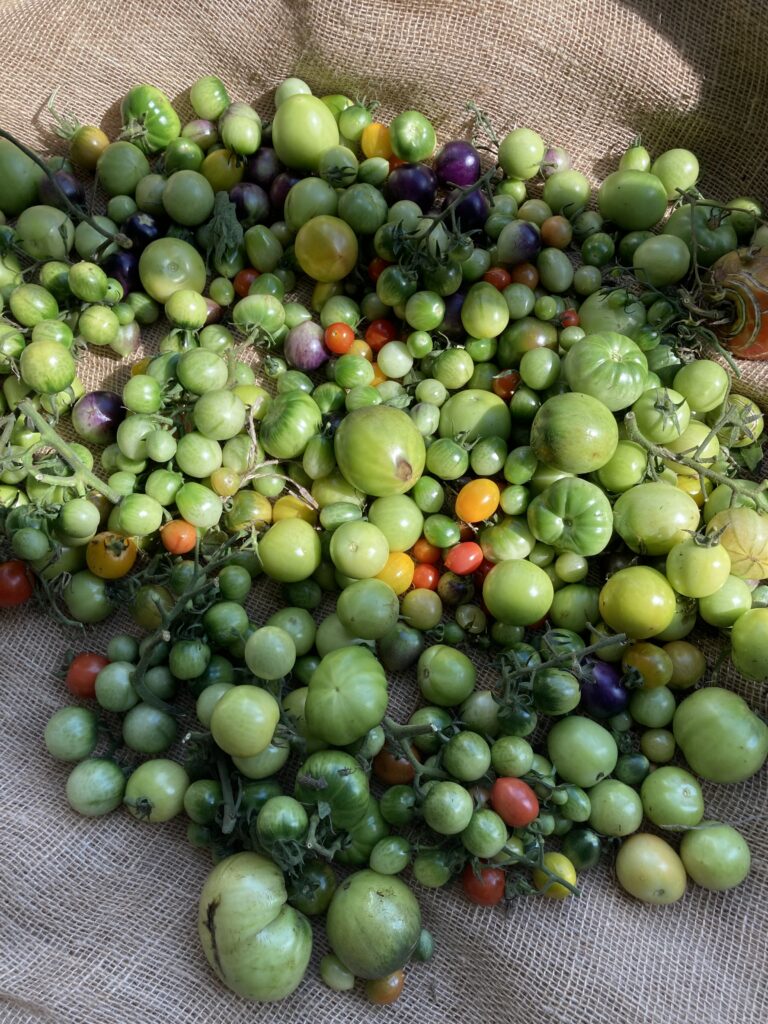
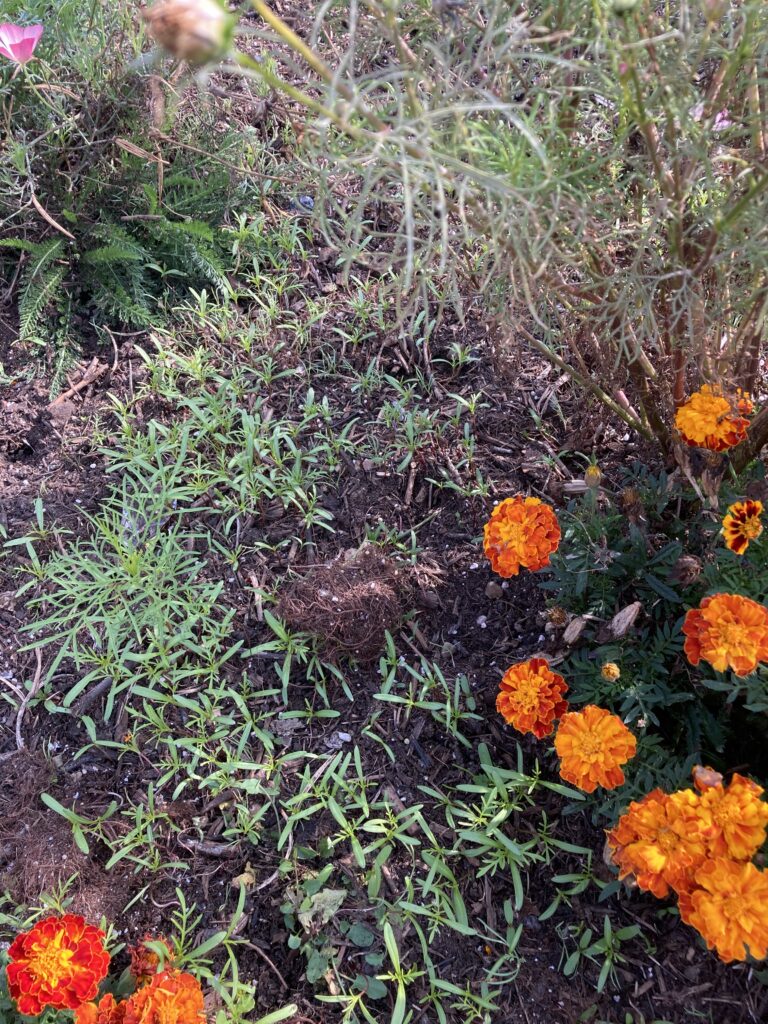
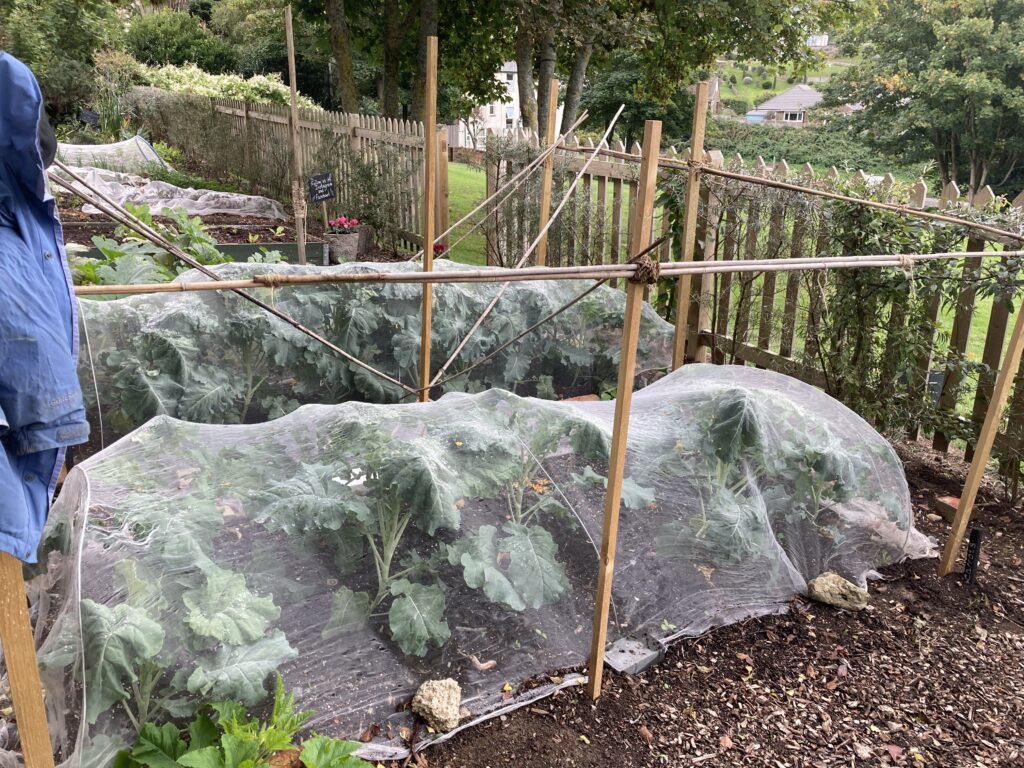
This weeks update from the Sandgate Community Garden Diary.


